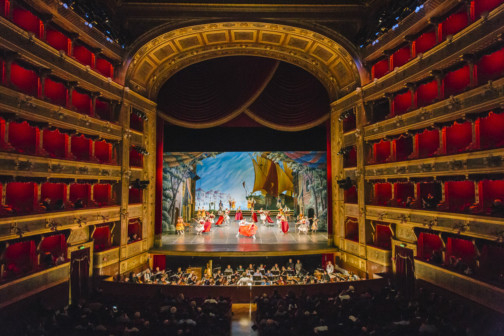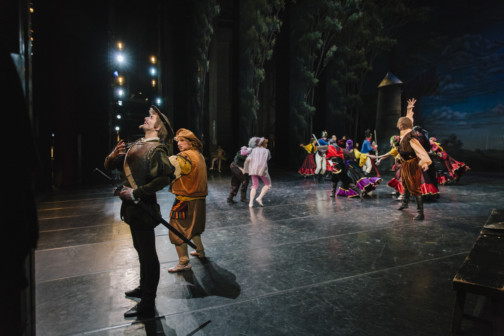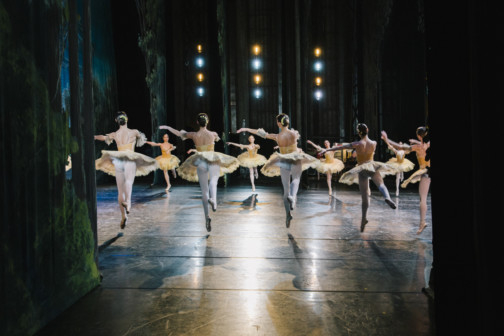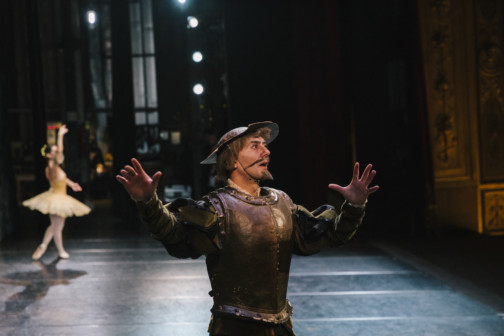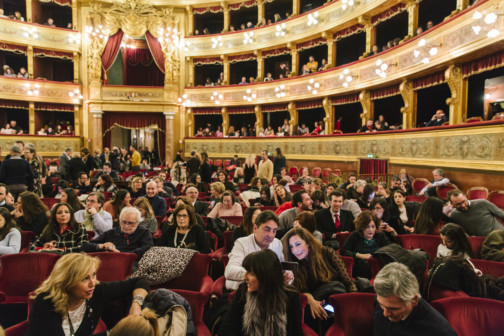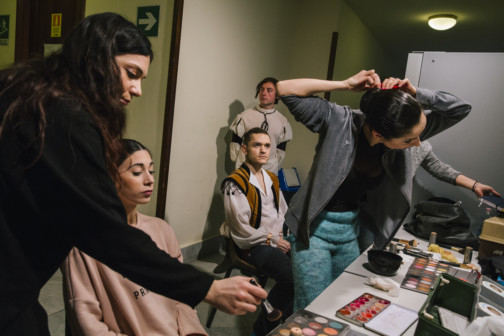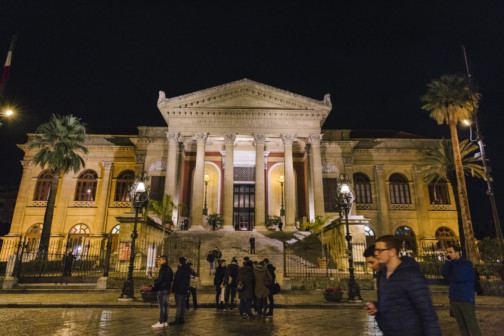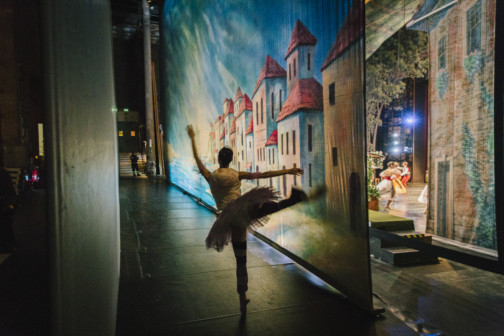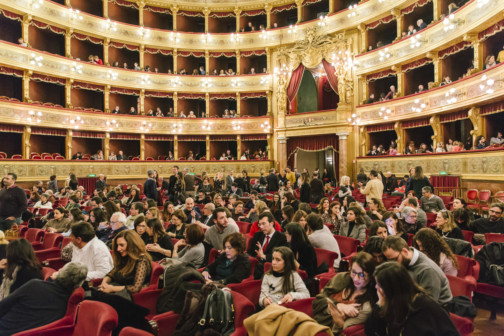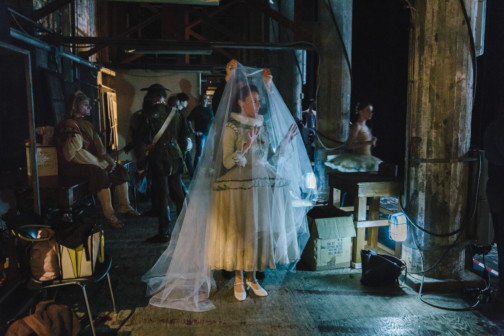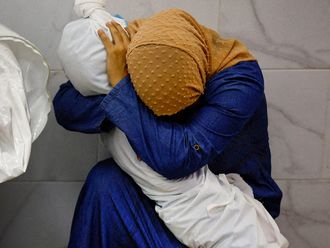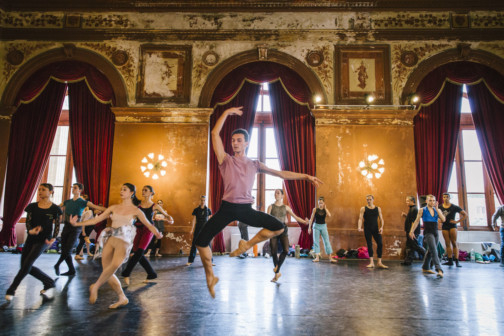
PALERMO, Italy
Here is a quick quiz for the opera aficionado. The biggest opera house in Italy is in Milan, Venice or Palermo?
Palermo?
Yes, Milan’s La Scala may have more seats, and La Fenice in la Venezia is more venerable by a century, but Palermo’s Teatro Massimo is easily the biggest in Italy, a sprawling, 83,000-square-foot, neo-romantic edifice that dominates the Sicilian capital’s antique skyline. In Europe, only L’Opera in Paris and the State Opera in Vienna are bigger.
The Teatro Massimo is not nearly as well-known internationally as those other theatres, but it is an opera house with a back story that few artistic venues can match. That in turn has contributed to bold experimentation in bringing high culture to a troubled community.
Superintendent Francesco Giambrone, a medical doctor by training who administers the teatro, invites visitors to its terra-cotta and copper-clad rooftop, some 250 feet above street level (and reached by ladder from the eight-story-high backstage), for both the view and the parable it represents.
“Yes, yes, it dominates the city, it has the most amazing view,” Giambrone said. “Straight ahead, the sea, of course. To the right, the most beautiful old city of Palermo. To the left, the abusive new construction, ugly, the city of the Mafia.”
In 1992, the assassinations of anti-Mafia magistrate Giovanni Falcone, another judge who was his wife, and their three bodyguards, on the highway to the Palermo airport, by a Mafia-planted car bomb. The murders caused an anti-Mafia backlash throughout Italy, perhaps nowhere more so than in Palermo itself, an uproar that broke the Mafia’s grip on the city.
Civic pride became a way to reject Mafia domination. Schoolchildren responded vigorously to a campaign in which each school chose a historical monument to care for, and as Giambrone tells it, the adoption of the long-shuttered and nearly forgotten teatro by Palermo’s children brought a wave of public shame, followed by determination to see it reopened.
Grand reopening
Leoluca Orlando was the mayor then, and he remembers famed Italian conductor Claudio Abbado on the 1997 opening night of the first concert in the Teatro, by the renowned Berlin Philharmonic.
“Reopening is important for the history of music in the world, in Europe, in Italy, in Palermo,” the mayor quoted the now deceased maestro as saying. “But what I wish to remember most is that my mother was a Palermitana, and now I can be proud to say that. For the last 24 years I was ashamed to say that, because the Mafia had covered Palermo with shame.”
After it reopened in 1997, the opera struggled to distinguish itself on the international stage, finding it especially hard to attract the great orchestra conductors, despite Abbado’s early support. So it did what few in its world were doing: become an early pioneer in livestreaming its performances, even as the city was rolling out free Wi-Fi on downtown streets — a rarity in Italian cities even today.
“The theatre is for all, not for the few,” Giambrone said. “That is the principal mistake Italian theatre made in the past, to close itself off and restrict to an elite.”
“Such a place, such an amazing building,” said Mario Giovanni Ingrassia, a Florence-based manager of classical musicians and a Palermo native. “It’s so huge, it’s just immense, but the acoustics are beautiful.”
It also has a reputation for paying its bills on time, he said, unlike many Italian institutions. Like all opera houses in Italy, the Teatro has struggled with steadily declining state subsidies from a financially strapped government, but it manages to fill 80 per cent of its paid seats. Non-opera fans help out, with more than 100,000 people a year paying for guided tours of the building’s mammoth stage (bigger than the audience’s area), its three rotundas and grand foyer.
Many of the visitors are foreign tourists attracted by the opera house’s appearance in the climactic bloody scenes of the movie The Godfather: Part III. Some, like Andrew Martin, a teacher visiting from London, are drawn in by its surprising grandeur. “I didn’t expect to see something like this in Palermo,” he said after a recent tour.
Orlando is once again the mayor of Palermo, for the third time. “Nowhere does the opera symbolise its city like the Teatro Massimo symbolises Palermo,” he said. “Our opera house is not only the symbol of the rebirth of the city, it’s a symbol of the end of the domination of the Mafia.”
BOX
The troubled Teatro history
The Teatro’s history was troubled from the beginning. It was envisioned as 19th-century Palermo’s bid for European cultural credibility, when both Sicily and Italy were booming.
It took 33 years to plan and build, opening in 1897, closing after only two seasons and not reopening until 1901.
Teatro Massimo was closed again for renovations in 1974, when the Mafia’s power in Sicily was such that mob bosses appointed the Palermo mayor - and sometimes even appointed themselves to that position.
The mayor of Palermo is also the president of the city-owned Teatro’s board.
Reformers blamed the corruption and Mafia domination for the city’s degradation, and nothing symbolised that more than Teatro Massimo, which remained closed from 1974 the next 23 years.
“It was a negative symbol of the city,” Giambrone said. “Then after the 1992 attacks, the city fought back, the city rebuilt itself, and it became a positive symbol.”
BOX
How Teatro reaches out to the masses
Ticket prices are set deliberately low, as little as 15 euros ($18), even before youth and other discounts; the most expensive box seat typically is no more than 120 euros, undiscounted, a pittance by the standards of major opera houses.
That was too high for the relatively poor Sicilian region, and nearly three decades of closure had raised generations unaccustomed to opera-going.
So during the long Sicilian summer, the theater put up a giant screen on the piazza outside, simulcasting performances for 1 euro a seat.
If that did not reach the masses, there was the “Opera Camion” project, a truck that carried a stage into Palermo’s poorest neighbourhoods, with the orchestra “pit” in the street in front, and a full production of “The Barber of Seville” on the portable stage, for free.
The Teatro started a Rainbow Choir made up of children of immigrants, for many of whom Sicily is their first landing place in Europe.
“In our community, migrants are an important part,” Giambrone said. Children are also invited in for sleepovers, complete with pajama-clad treasure hunts in the Byzantine corridors.
The New York Times


